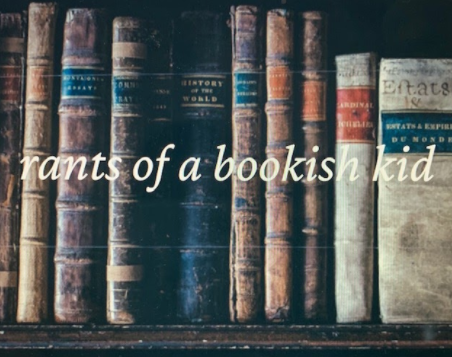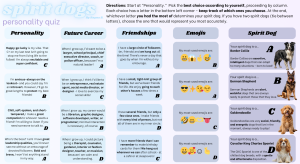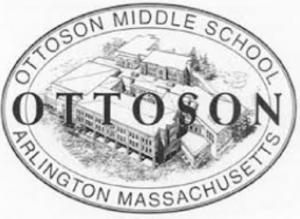Character Types in Books

January 13, 2022
WEEKLY QUOTE:
Books are the plane, and the train, and the road. They are the destination, and the journey. They are home.
- Anna Quindlen
Rants of a Bookish Kid: Character Tropes in Books
- Too-Feministic Love Interest & The Dumb, Male Main Character
These characters come in a package deal. In short, the Dumb Boy and Matriarchist Female are wastes of a good love story. You can have a smart, cool, baddie girl without making her a reverse patriarchy, anti-equality machine. You can also have a male main character that’s not stupid and doesn’t idolize the Matriarchist for making him know it.
First, let me introduce you to: The Matriarchist Love Interest. Probably the worst type of character in existence, and yet she appears in almost every single middle grade fandom.
The problem with this too-feministic character is that she almost always, no matter how subtly, promotes reverse patriarchy, otherwise known as matriarchy. The feminism they promote is often women over men, not women and men as equals. I have such a problem with this because that’s often the reason why patriarchy supporters misunderstand women’s rights. Nobody is trying to overpower anybody- just bring up the ones with less and make them equals. The too-feministic girl tries to diminish that, and I think it’s an awful lesson for kids to grow up thinking any sex or gender is “over” the other.
And this relates to the male counterpart, too- and how he lets her walk all over him. Authors include these characters as an attempt to make a female role model for kids to read about. But please, feminism is not matriarchy. Feminism is about women being treated equally, and how no gender should be in control.
No matter how underrated the book, it’s impossible to avoid a Matriarchist and her male accomplice. They appear everywhere: Annabeth and Percy in the Percy Jackson fandom, Ginny and Harry in the Harry Potter series, and both Erica Hale AND Zoe with Ben in the Spy School Series. Not to mention, Marella and Dex in Keeper of The Lost Cities, Teresa AND Brenda with Thomas in The Maze Runner series, and Johanna towards Peeta and Katniss in the Hunger Games. They’re everywhere.
- The Diverse Sidekick
4/10
Oh goodness, we’re already on this one. I can barely think about this character type without shaking my head. Here it is: the Sidekick Character. Also known as; The Author’s Excuse To Be “Diverse.”
To start off this mini-rant, let me ask you- how many diverse sidekick characters have you seen in film and books? Too many. How much has this recurring character impacted your social bias and general life as a whole? More than you think. I won’t dwell on the specifics of how this character impacts your social bias because I wrote a whole article on that one and this is about books and not film.
“The diverse sidekick” is a repeating pattern when it comes to books, especially middle grade fiction. This character, in short, is often the best friend to the protagonist (who is often white, straight, and cisgender), and is used to enhance the greatness of the protagonist. The problem with this character is that they’re spreading the idea that a diverse person (who could be part of the LGBTQ+ community and/or a person of color) is only meant to support a white, straight, and cisgender person. This message is awful, and though this character type is often overlooked, it impacts the way we perceive the world more than we think. Think about the gay best friend stereotype and the Black best friend character. These stereotypes are everywhere. I mean, my goodness, is it that hard to make your protagonist gay or bisexual or a person of color? No. So if you’re writing a book right now, go back and rewrite your characters so you aren’t supporting the world’s social bias.
It’s sad how many books have this stereotype: Minho from the Maze Runner, Sticky from the Mysterious Benedict Society, Rue from the Hunger Games, and even Hazel, Frank, Piper, and Leo from the Heroes of Olympus series. And I know that they had their own perspectives, but every book they were in was plot lined around the white, straight, cisgender character. And, well, Harry Potter and the first series of Percy Jackson don’t have any diversity at all, so it’s not like they’re getting off scotch-free.
Stay tuned for more ratings, rantings, recommendations, and reviews!
Please comment any books you want me to review as well!
Love,
Your Local Bookish Kid







